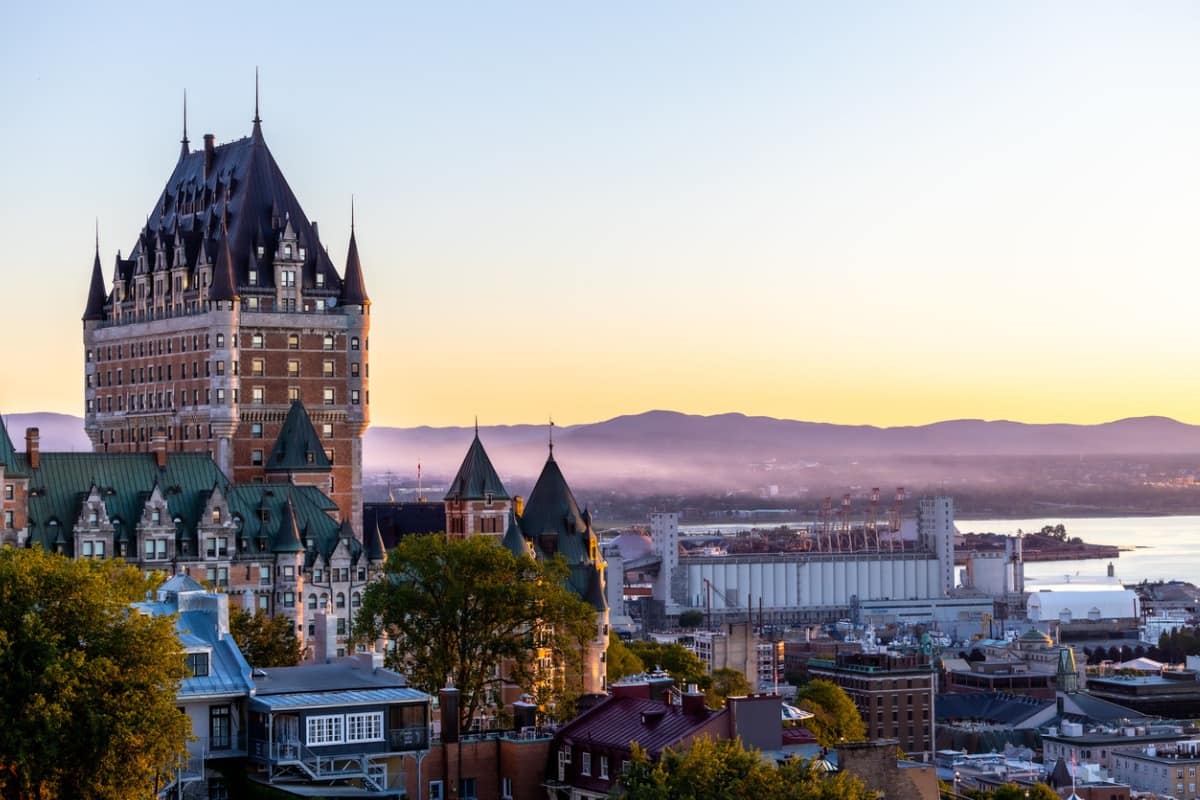Chronicle by Roger Lemay
The use of “les” in the title is not irrelevant. Because the city of Saguenay is nothing more and nothing less than an amalgamation of different municipalities that were forced to merge in 2002. Every place has its history, its urbanism, its inner city. Thus, there is not one but five centers in the commune: Chicoutimi, La Baie, Jonquière, Kénogami and Arvida. And more than ever, the city needs to focus on revitalizing its downtown areas, which today are shunned by citizens and tourists for lack of attractions, entertainment, green spaces, and services.
First of all, one thing is clear: the abandonment of inner cities is not a local problem. All cities in Quebec, Canada and even elsewhere are facing a more or less significant desertification of their main thoroughfares, which used to be frequented by citizens. These places have withered away in three decades. Not long ago, rue Racine, La St-Do in Jonquière, rue Sacré-Coeur in Alma, boulevard Saint-Joseph in Roberval and boulevard Wallberg in Dolbeau were crowded.
Businesses thrived there, there were professional offices, there were restaurants, and there was also, bear in mind, a much larger group of young people than today, members of the Boomer and X generations. There people met in the bars to go out, dance, eat and flirt. It was a time without internet, email or chat. Downtown was the social network. Yesterday’s Facebook. You had to go there to meet people. Just look at the old photos to see the crowds in the inner cities.
But let’s stop with the nostalgia. The solution to revitalizing city centers is not to go back. The model of the 60s, 70s and 80s is over. Do I need to add that the pandemic may have also made people a little more cautious? However, it seems to me that there is currently a convergence of circumstances in favor of concrete measures to revitalize the city centres. Don’t be afraid to reshuffle the cards.
Firstly, there is a lack of affordable housing, but at the same time there is also a lot of vacancies in companies and office buildings. Square meters are available there, in particular due to the reduction in the number of employees in the offices, a consequence of the phenomenon of teleworking. Why not focus on converting commercial buildings into residential buildings, encouraged by financial incentives from the city in the form of redevelopment grants, as is the case with listed buildings?
In large North American cities, it is not uncommon to see a commercial ground floor with residential floors. Many buildings along the Racine could be remodeled in this way. I could also quote the St-Do. Curiously, Carré is years ahead of Davis. This pretty little crossroads has benefited from the introduction of new infrastructure, such as the recent presence of Revenu Québec, but most importantly, the district has managed to preserve and capitalize on its historical cachet. In the neighboring town, I could also mention the Plazas d’Alma between Sacré-Coeur and Collard, which nowadays are pitiful to look at.
Young immigrants are knocking on our doors, ready to live with us but without a roof over their heads. Don’t you think you would like to live in the city centers of your new constituency? It would be perfect for her. Get people to stay downtown and you will see people on the streets and in the shops. Downtowns lost the battle to Costco, Walmart, malls and e-commerce. You have to offer something different to be attractive. There are certainly still nice service companies in our inner cities, but lately we have noticed that they are fragile.
In my opinion, a major new housing development project would be one of the solutions to revitalize these sectors, which have become a hot potato for local authorities. They can then think about developing pedestrian zones and bike lanes, and then plant trees. First we have to bring the world back.

Total web buff. Student. Tv enthusiast. Evil thinker. Travelaholic. Proud bacon guru.







